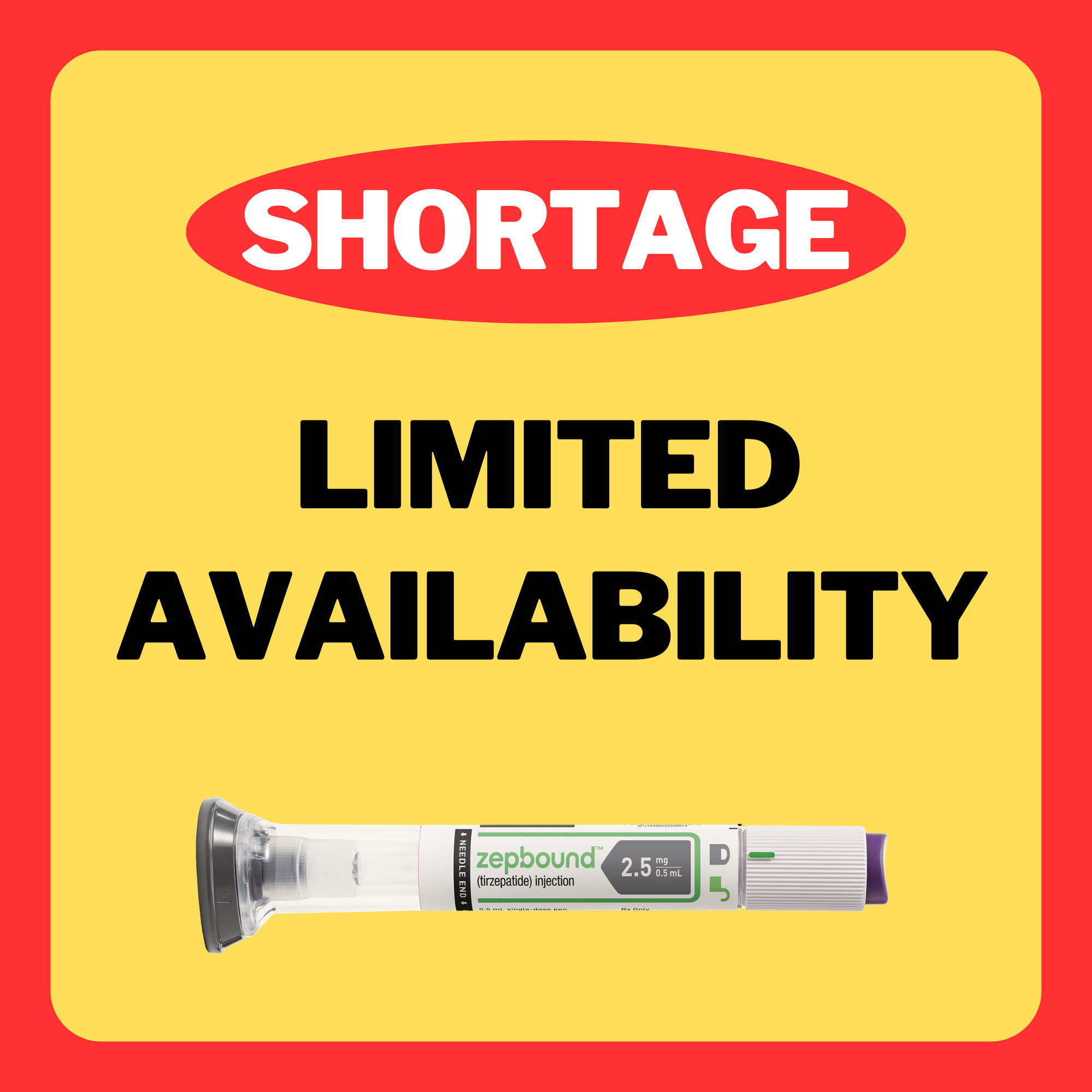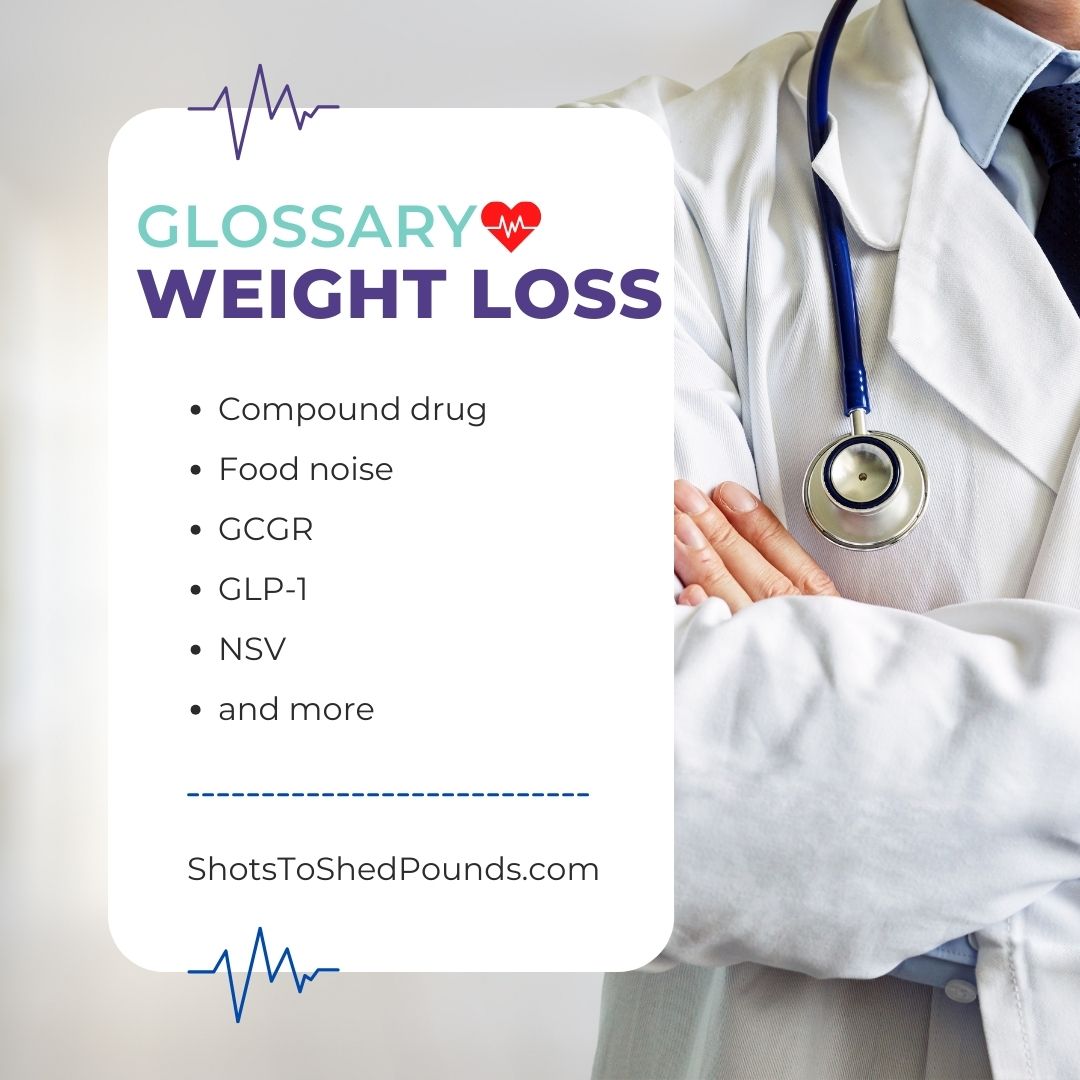How many calories do I need per day to lose weight?
Here’s something interesting about Weight Watchers Clinic: You don’t need to follow its “points” system or count calories when taking a GLP-1 medication. WWC wants you to focus on three things: protein, fruits and vegetables, and water. Its app does toggle to show you the points value of what you eat each day. However, that’s for informational purposes only. So, I never really had to grapple with the question, “How many calories to lose weight?”
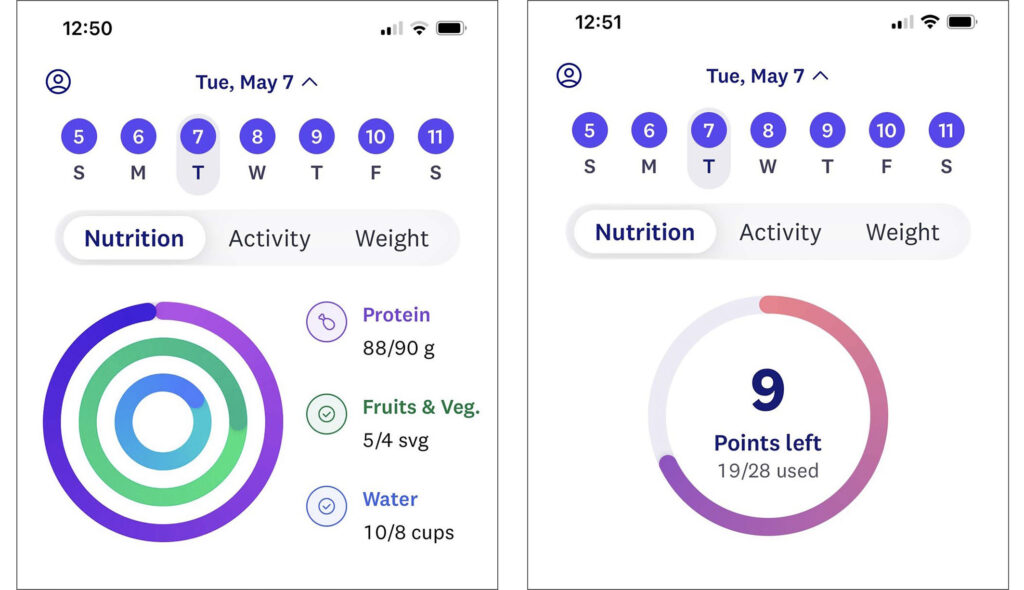
That being said, I want to keep track of my food intake in a variety of ways, including how many calories I consum. I do this using a few different apps that I downloaded as soon as I started taking Zepbound. Once I verified that Weight Watchers’ system was in line with all the other ways to slice and dice dietary requirements, I was happy to keep tracking primarily in the WWC app.
Ask your doctor or dietician for your daily calorie count
Today, let’s focus on how you can figure out how many calories you need each day to lose weight. Your doctor should be able to give you some advice on how many calories per day to eat in order to lose weight in your specific situation. If you have access to a dietician or nutritionist, those professionals can also guide you.
Related article: How much protein should I eat when on Zepbound, Mounjaro, or Wegovy?
Calculator to figure your daily calorie count
If your doctor didn’t provide a daily caloric intake goal, there are formulas online to confirm how many calories your body needs to function effectively every day. Then, subtract 500 calories from that number to create your magic number for a personalized calorie-reduced meal plan.
The National Institutes of Health online calculator helps determine what your daily calorie count should be.
How many calories should Jane eat per day?
Let’s run through an example. Let’s pretend that we’re figuring out the calorie count for Jane.
She’s 42 years old, is 5′ 2″, and weighs 203 pounds. That means her Body Mass Index (BMI) is 37.1 (obese).
Tip: Visit the National Institutes of Health Body Mass Index calculator to figure out your BMI.
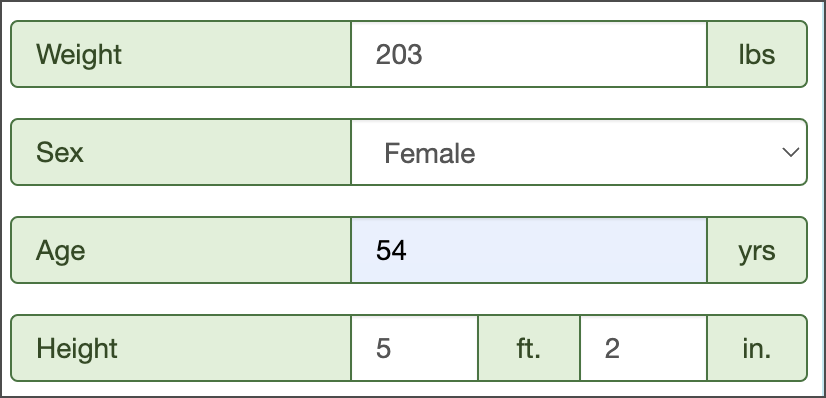
Next, we have to determine Jane’s level of daily physical activity. The NIH has a sub-calculator to estimate that. It asks us to first describe her level of physical activity at work or school, ranging from very light, light, moderate, and heavy. Jane is a waitress at a busy diner, so we’ll rank her work activity as “moderate.”
We then describe her physical activity when she’s at home. Jane and her daughter work out together three times a week. Jane also gardens on Saturdays and walks around the neighborhood with her best friend three times a week. According to NIH’s calculator, that puts her in the “active” activity category.
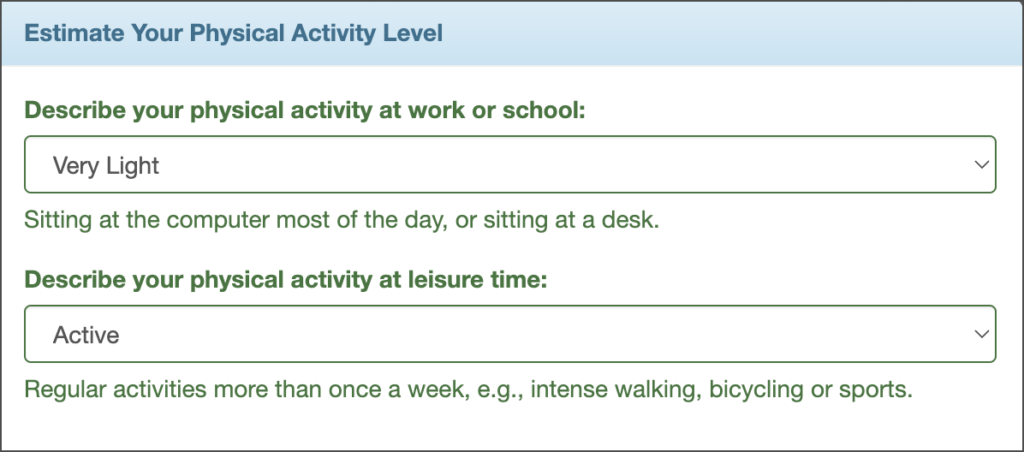
In the next step, you pick your goal weight and when you want to reach it. Let’s assume that Jane would like to lose 40 pounds over the next six months.
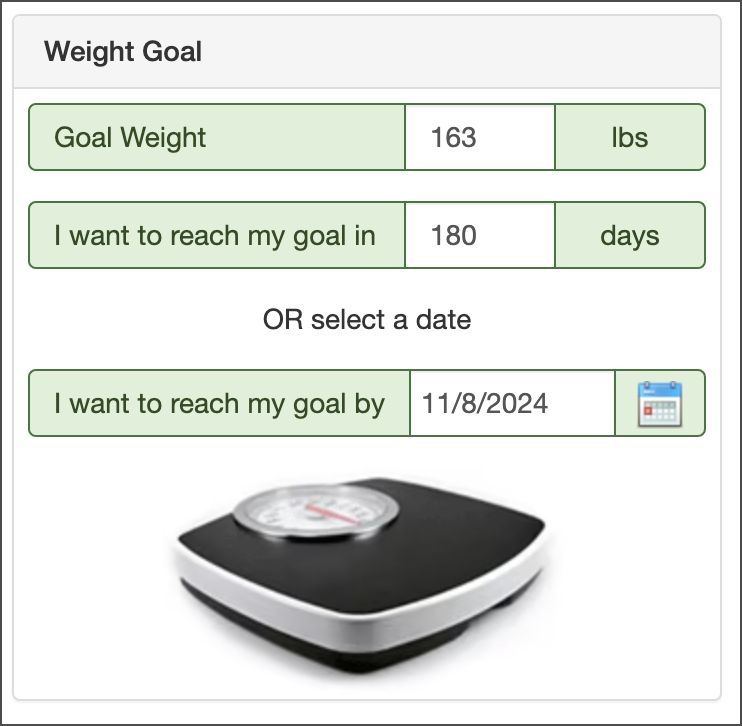
In step 3, the NIH calculator asks if you’ll change your current activity habits. Jane is already pretty active, so let’s say no.
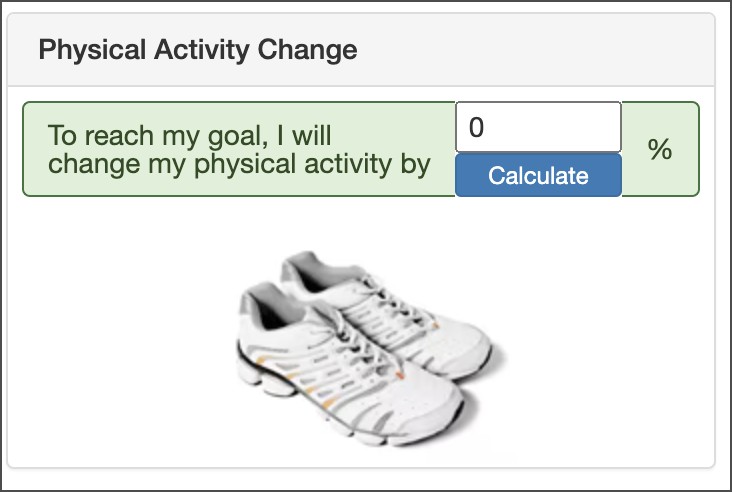
The calculator then lists how many calories Jane would need to maintain her weight or lose weight. She’d need to intake 2,512 calories per day to maintain her current weight, or she’d need to reduce that intake to 1,363 calories per day in order to reach her goal of losing 40 pounds over six months.
Once Jane reaches her goal weigh of 163 pounds, she’d then need to eat 2,152 calories per day to maintain that weight.

The awesome thing about Jane’s weight loss goal is that when she reaches it, she will no longer be obese but simply overweight. It will be a great first step toward her ongoing health goals to reach a healthy Body Mass Index (BMI).
The wrap-up
Weight Watchers Clinic stressing that we shouldn’t focus on calories, but instead ensure we’re eating the right amount of protein, fruits, and vegetables.
I agree that’s wise advice but I do think anyone that’s changing their diet should track calories as well as protein intake at the beginning so they get a feel for when they are “in the zone” and when they miss the mark.
Once you know the four corners of your personal meal plan, you can then just continue to track using whatever method you wish or don’t track at all. The choice is yours. I continue to track using the Weight Watchers Clinic app and use my FitBit app to double-check when something feels off.
Do you have a daily calorie goal or do you focus solely on protein? I’d love to hear your thoughts. Email me or post a comment to the Shots to Shed Pounds Facebook page.





